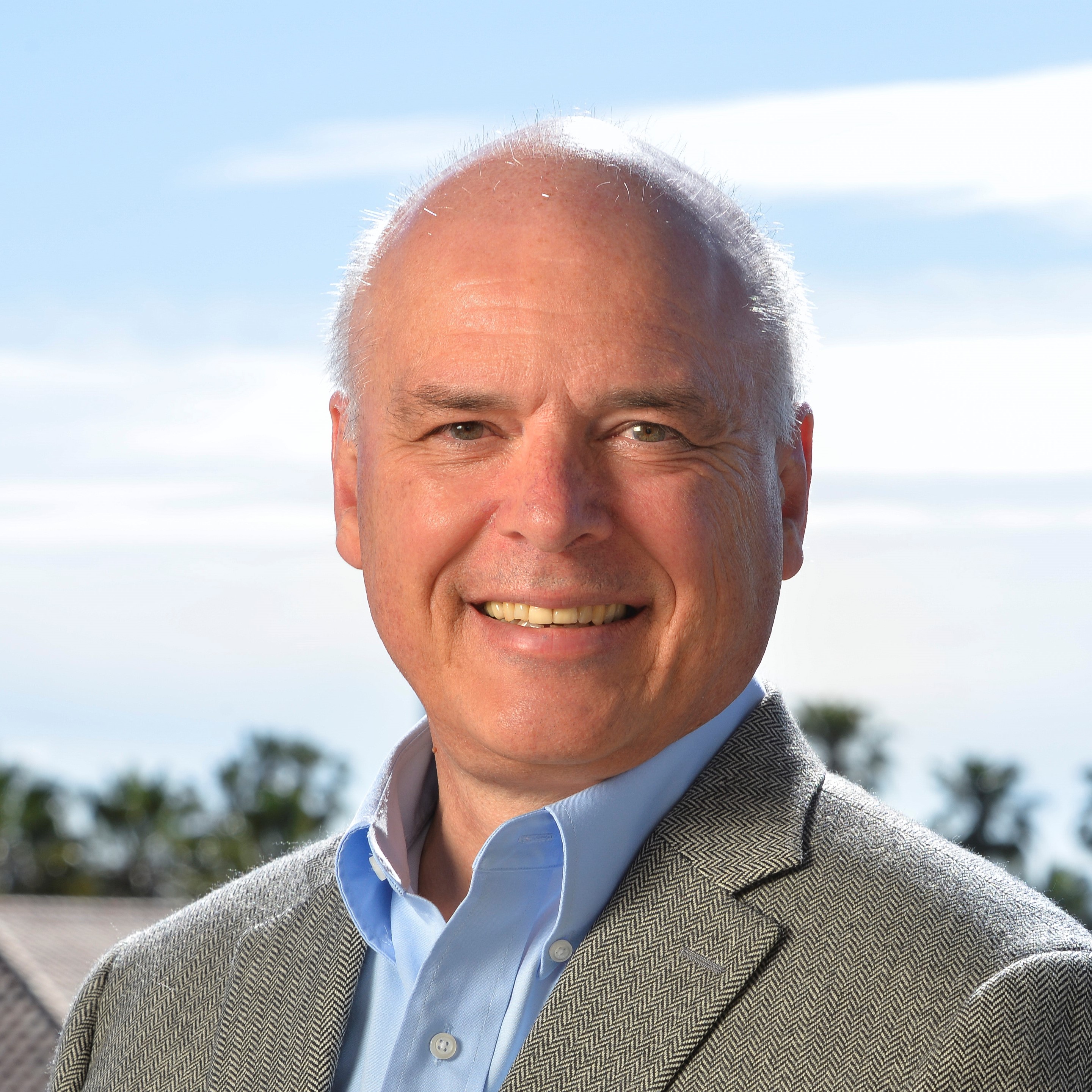 |
Publication # 458 |
|
458. D. A. B. Miller, "Waves, modes, communications and optics," Adv. Opt. Photon. 11, 679-825 (2019) DOI: 10.1364/AOP.11.000679 Modes generally provide an economical description of waves, reducing complicated wave functions to finite numbers of mode amplitudes, as in propagating fiber modes and ideal laser beams. But finding a corresponding mode description for counting the best orthogonal channels for communicating between surfaces or volumes, or for optimally describing the inputs and outputs of a complicated optical system or wave scatterer, requires a different approach. The singular-value decomposition approach we describe here gives the necessary optimal source and receiver "communication modes" pairs and device or scatterer input and output "mode-converter basis function" pairs. These define the best communication or input/output channels, allowing precise counting and straightforward calculations. Here we introduce all the mathematics and physics of this approach, which works for acoustic, radio-frequency and optical waves, including full vector electromagnetic behavior, and is valid from nanophotonic scales to large systems. We show several general behaviors of communications modes, including various heuristic results. We also establish a new "M-gauge" for electromagnetism that clarifies the number of vector wave channels and allows a simple and general quantization. This approach also gives a new modal "M-coefficient" version of Einstein's A and B coefficient argument and revised versions of Kirchhoff's radiation laws. The article is written in a tutorial style to introduce the approach and its consequences. Open access article on OSA website See also the associated tutorial on functional analysis that helps understand some of the powerful underlying mathematics needed for some of the results. |
|